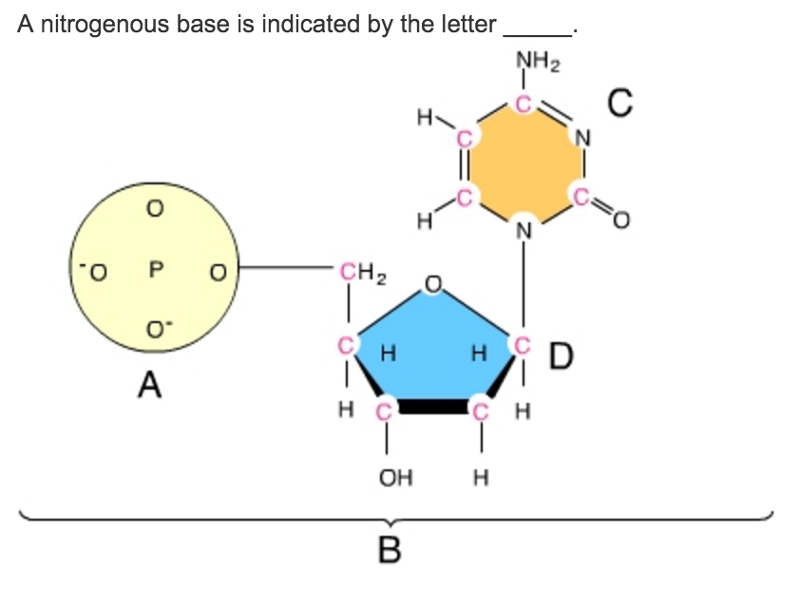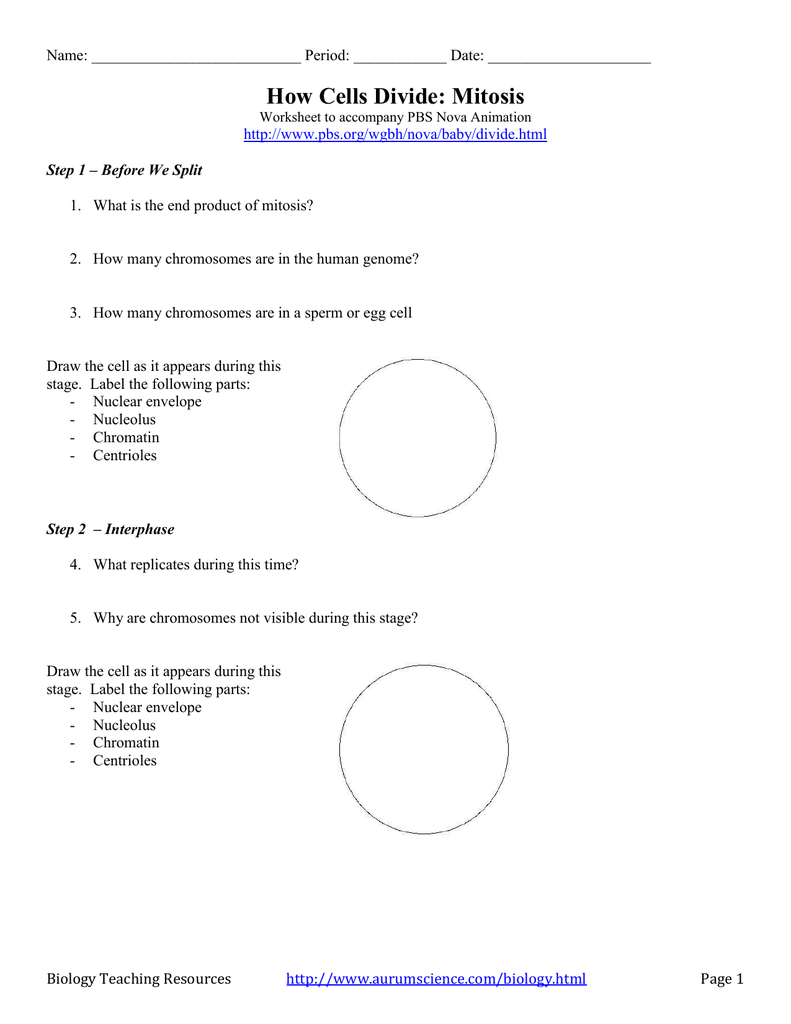38 label the following parts of a dna polymer
learn.genetics.utah.edu › content › basicsBasic Genetics - University of Utah See how cells "read" the information in a DNA sequence to build a protein—in a bit more detail. ... and regulatory sequences: Examine the parts of a gene from ... Biosensors | Free Full-Text | Lossy Mode Resonance Based Microfluidic ... 1. The state of the art can be improved following latest review article: 10.3390/toxins13020089, 10.3390/bios12010042, 10.3390/bios12040195, etc. 2. Can the author discuss the reason for using TiO 2 to achieve resonance instead of Au, Ag, etc. As Ag provides high detection accuracy with a sharp peak and Au is considered an ideal metal for ...
Everyday Polymers - Lesson - TeachEngineering natural polymer: A polymer that is synthesized naturally by a plant or organism. polymer: A material composed of repeating monomer units. polymerization: The process of chemically linking monomers in various patterns to produce a polymeric material. synthetic polymer: A polymer was made by humans.
Label the following parts of a dna polymer
Arthropod - Wikipedia The exoskeleton or cuticles consists of chitin, a polymer of glucosamine. [11] The cuticle of many crustaceans, beetle mites, and millipedes (except for bristly millipedes) is also biomineralized with calcium carbonate. Calcification of the endosternite, an internal structure used for muscle attachments, also occur in some opiliones. [12] Sudden Adult Death Syndrome (SADS): The Latest Word Game To Cover Up ... In other words, parts of the SARS-CoV-2 were incorporated into the DNA of human cells. Another researcher explains: "There's a very clear footprint for LINE1 integration," Jaenisch says. "At the junction of the viral sequence to the cellular DNA, it makes a 20 base pair duplication. DNA Build - Activity - TeachEngineering Students reinforce their knowledge that DNA is the genetic material for all living things by modeling it using toothpicks and gumdrops that represent the four biochemicals (adenine, thiamine, guanine, and cytosine) that pair with each other in a specific pattern, making a double helix. Student teams trade DNA "strands" and de-code the genetic sequences to determine the physical characteristics ...
Label the following parts of a dna polymer. Double Helix - Genome.gov A DNA molecule is made up of two linked strands that wind around each other to resemble a twisted ladder in a helix-like shape. Each strand has a backbone made of alternating sugar (deoxyribose) and phosphate groups. Attached to each sugar is one of four bases: adenine (A), cytosine (C), guanine (G) or thymine (T). Rational Design of Self-Assembling Supramolecular Protein ... 2.1 Addition of Phenylalanine-glycine-glycine (FGG-) to the N-terminal Site of Selected Enzyme Forms 1. E. coli plasmid containing the gene of interest. 2. High fidelity DNA polymerase and its corresponding reaction buffer (e.g., KAPA HiFi DNA Polymerase, KAPA Biosystems, Roche). 3. dNTPs mixed solution (10 mM of each dATP, dTTP, dCTP, dGTP). 4. Mechanical properties of nucleic acids and the non-local twistable ... Therefore, we neglected sequence inhomogeneities, as such in the rest of this paper we will drop the label ( n) from M m ( n). The energy (2) includes possible couplings between distal sites n and n + m, which are encoded in the 3 × 3 matrix Mm. Setting to zero all matrices Mm = 0 for m ≥ 1 corresponds to considering a local model. study.com › learn › enzymes-questions-and-answersEnzymes Questions and Answers | Study.com Determine whether the following statement regarding eukaryotic DNA replication is true or false: DNA polymerase III replicates both leading and lagging strands of DNA. View Answer
EOF Algae - Wikipedia Algae (/ ˈ æ l dʒ iː, ˈ æ l ɡ iː /; singular alga / ˈ æ l ɡ ə /) is an informal term for a large and diverse group of photosynthetic eukaryotic organisms.It is a polyphyletic grouping that includes species from multiple distinct clades.Included organisms range from unicellular microalgae, such as Chlorella, Prototheca and the diatoms, to multicellular forms, such as the giant kelp ... › science › articlePure DNA scaffolded drug delivery systems for cancer therapy Jun 01, 2022 · DNA origami-based nanostructures usually provide more flexibility in design and functionality [134,135]. DNA origami with arbitrary shapes can be formed by the hybridization between a long single strand of DNA and hundreds of short DNA strands (Fig. 5B) . As a milestone in the development of DNA nanotechnology, DNA origami has the advantage of ... › Downloads › 14 - DNAUse your DNA structure notes and Chapter 17 to answer these ... 10. Draw the basic structure of a nucleotide with its three parts. 11. Write the complementary sequence to following DNA strand: 12. Use the image at the right to complete the follow: Circle a nucleotide. Label the sugar and phosphate. Label the bases that are not already labeled 13. On the Following Page, color the DNA structure.
quizlet.com › 439386952 › chapter-5-flash-cardsChapter 5 Flashcards | Quizlet a. the bonds between the individual monomers of a polymer are broken by the addition of water molecules b. water molecules are used as a source of raw material to break down polymers to monomers c. water molecules are attracted to each other d. water molecules are produced as a polymer is formed from monomers e. None of the choices is correct. Nucleic Acids Examples and Their Functions - New Health Advisor DNA is made up of two polymers that are formed by smaller units called nucleotides. The polymers have backbones made of phosphate and sugar combined by ester bonds. The polymers are not parallel as they run in opposite directions. Each sugar has one out of 4 molecules called bases (nucleobases) attached to it. pubs.acs.org › doi › 10Functional DNA–Polymer Conjugates | Chemical Reviews Mar 19, 2021 · DNA nanotechnology has seen large developments over the last 30 years through the combination of solid phase synthesis and the discovery of DNA nanostructures. Solid phase synthesis has facilitated the availability of short DNA sequences and the expansion of the DNA toolbox to increase the chemical functionalities afforded on DNA, which in turn enabled the conception and synthesis of ... Deoxyribonucleic Acid (DNA) - Genome.gov DNA is made of two linked strands that wind around each other to resemble a twisted ladder — a shape known as a double helix. Each strand has a backbone made of alternating sugar (deoxyribose) and phosphate groups. Attached to each sugar is one of four bases: adenine (A), cytosine (C), guanine (G) or thymine (T).
Biology Archive | June 10, 2022 | Chegg.com The Cell Cycle DNA Structure, Replication, and Mitosis (continued) two hydrogen bonds while cytosine and guanine form three). The result of this bonding pattern is a DNA molecule that twists into a tw 3 answers 5. Use GenBank to get one accession number from a sequence reported in the first publication that used ancient DNA from Neanderthals. Hint.
› questions-and-answers › which-ofAnswered: Which of the following mechanism(s)… | bartleby A: mRNA is the polymer of nucleotides formed by the process of transcription using the DNA template… Q: Bone is the living tissue it contains a blood supply as well as nerves. It undergoes change…
DNA Build - Activity - TeachEngineering Students reinforce their knowledge that DNA is the genetic material for all living things by modeling it using toothpicks and gumdrops that represent the four biochemicals (adenine, thiamine, guanine, and cytosine) that pair with each other in a specific pattern, making a double helix. Student teams trade DNA "strands" and de-code the genetic sequences to determine the physical characteristics ...
Sudden Adult Death Syndrome (SADS): The Latest Word Game To Cover Up ... In other words, parts of the SARS-CoV-2 were incorporated into the DNA of human cells. Another researcher explains: "There's a very clear footprint for LINE1 integration," Jaenisch says. "At the junction of the viral sequence to the cellular DNA, it makes a 20 base pair duplication.
Arthropod - Wikipedia The exoskeleton or cuticles consists of chitin, a polymer of glucosamine. [11] The cuticle of many crustaceans, beetle mites, and millipedes (except for bristly millipedes) is also biomineralized with calcium carbonate. Calcification of the endosternite, an internal structure used for muscle attachments, also occur in some opiliones. [12]







Post a Comment for "38 label the following parts of a dna polymer"